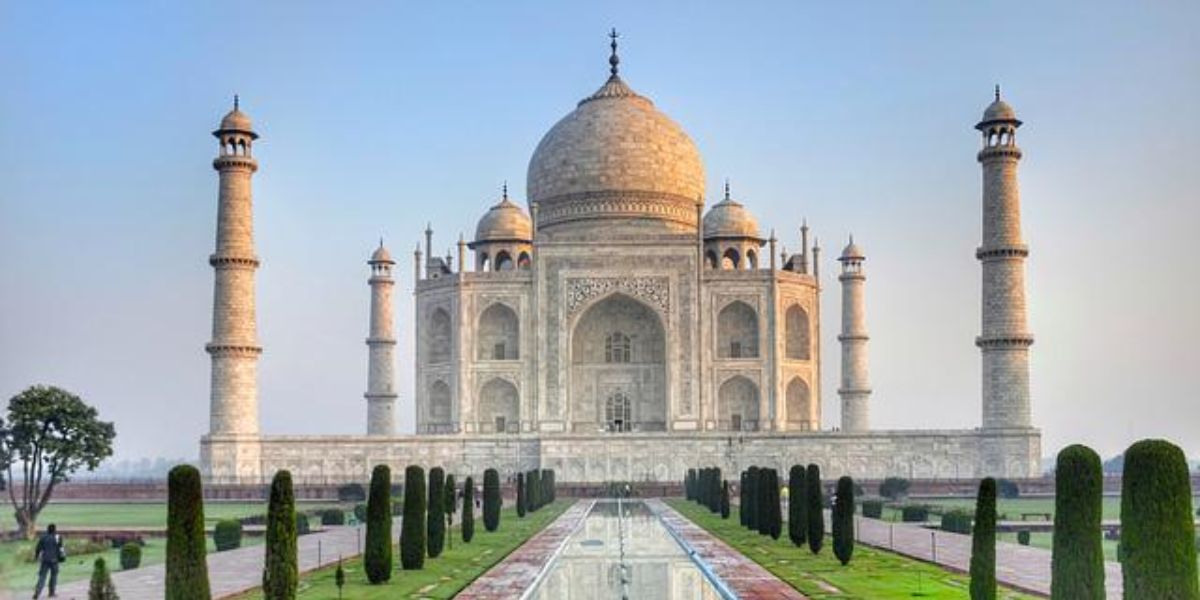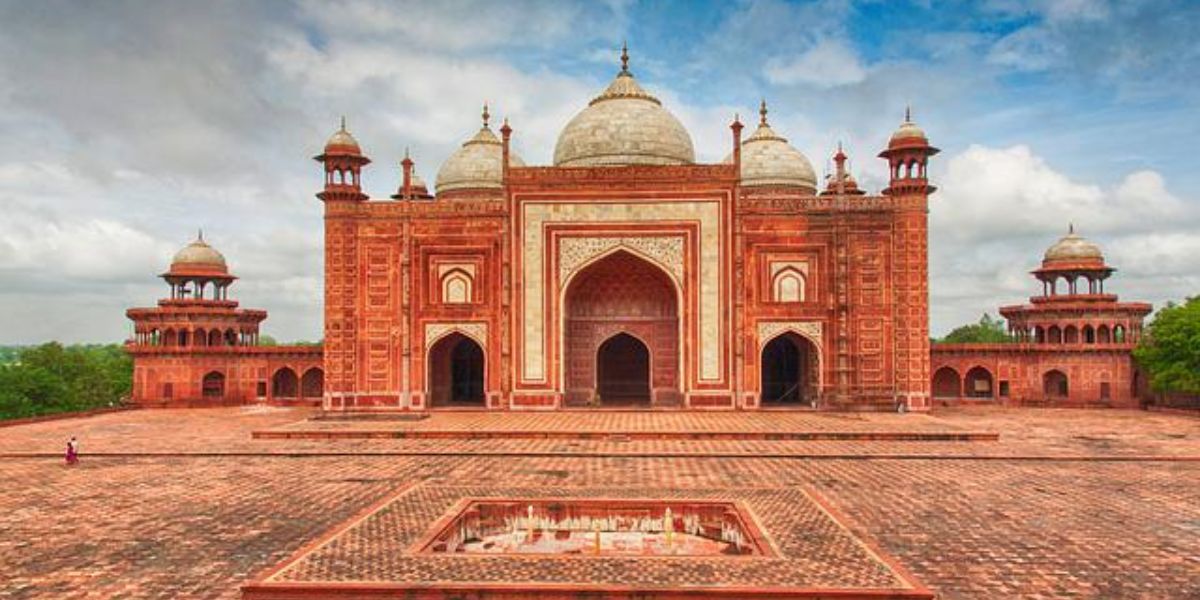Following the conclusion of a fifth round of talks between India and the UK on a free trade agreement (FTA), a factsheet was issued by the UK’s Department of International Trade on 19 August 2022.
The fifth round of negotiations involved discussions by technical experts on the detailed text of a draft treaty, looking at fifteen policy areas. The aim is to complete the majority of the discussions on a comprehensive FTA by the end of October 2022.
In the UK a committee within Parliament known as the India (Trade and Investment) All Party Parliamentary Group (APPG) has been established to promote trade and investment between India and the UK and is giving support to the negotiations.
UK-India trade and investment
The total trade between UK and India (including both exports and imports) was GBP 25.7 billion in the four quarters to the end of the first quarter of 2022. Following the completion of the FTA, the aim is for India and the UK to double bilateral trade in goods and services to USD 100 billion by 2030.
The factsheet issued by the UK Department of International Trade notes that at the end of the first quarter of 2022 the total UK exports to India were GBP 8.8 billion over the previous four quarters and the total UK imports from India were GBP 16.9 billion in the same period. In the four quarters to the end of the first quarter of 2022 India accounted for 1.9% of total UK trade.
In relation to investment, figures for 2020 show that UK foreign direct investment (FDI) in India amounted to GBP 14.9 billion in that year, which was less 1% of the total UK outward FDI. In 2020 Indian FDI in the UK was GBP 10.6 billion, which was only 0.6% of the total UK inward FDI.
Areas to be covered by the FTA
When finalised the India-UK FTA will cover a wider range of areas than would normally be dealt with in this type of agreement, with provisions covering gender issues, labour, trade and development, corruption, and issues concerning micro, small and medium enterprises (MSMEs).
Committees are looking at the possibility of a totalization agreement to ease the social security compliance burden for Indian IT companies and to eliminate dual social security taxation. India is also looking for market access to the UK legal services sector.
Other important features of the negotiations are the following:
- The UK is looking for more market access in India for its transport equipment, electrical equipment, medical devices, chemicals, motor vehicles and parts, wines and spirits and some fruit and vegetables.
- India is aiming to increase exports to the UK of textiles, food and beverages, tobacco, leather and footwear and agricultural items such as rice.
- Agreement on mutual recognition of academic qualifications and duration of study in recognized and approved higher educational institutions in both countries will facilitate the movement of professionals.
- A memorandum of understanding (MoU) on maritime education will introduce mutual recognition of certificates of maritime education and training, allowing Indian seafarers to look for employment in the UK shipping sector.
A Framework Agreement on Healthcare Workforce will facilitate recruitment of Indian nursing and other health professionals in the UK healthcare sector.




















